
About SG60
In 2025, as Singapore marks a momentous 60 years of independence, we unveil a stunning collection of stories that capture the extraordinary spirit of a nation built on ambition, resilience, and innovation. Through powerful stories of trailblazing institutions, visionary enterprises, and pioneering individuals, this collector’s edition offers a captivating journey through Singapore’s remarkable rise as a global economic powerhouse.
From legacy brands that stood the test of time, to industry giants that shaped the nation’s destiny, and bold innovators who catapulted Singapore onto the world stage — these narratives are a tribute to our storied past and a rallying call for the future.
Private sector stories will unfold under three electrifying themes:
- Heritage – Intimate conversations with leaders who preserved purpose across generations.
- Nation Builders – Companies that laid the foundation of Singapore’s economic might.
- Innovation – Game-changers who redefined the future and made Singapore a name synonymous with excellence.

Congratulatory Messages
+1.png)
+2.png)

Casey Mace
Chargé d’Affaires United States Embassy in Singapore
+1.png)
+2.png)
The Edge Singapore Foreword
+1.png)
+2.png)

+1.png)
+2.png)
The Edge Property Foreword
+1.png)
+2.png)

+1.png)
+2.png)
CEO Foreword
+1.png)
+2.png)
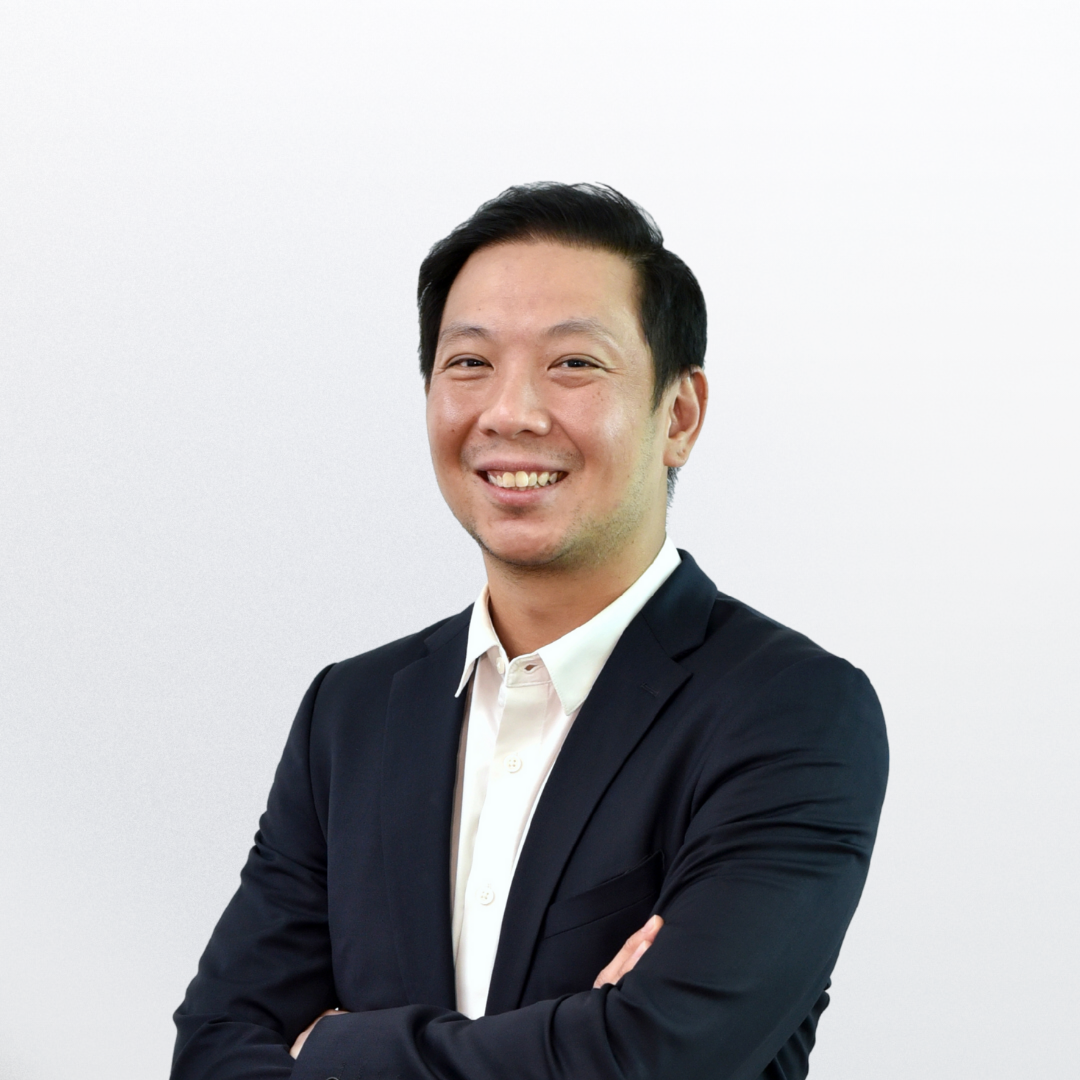
Bernard Tong
The Edge Singapore CEO
+1.png)
+2.png)
Foreword
+1.png)
+2.png)
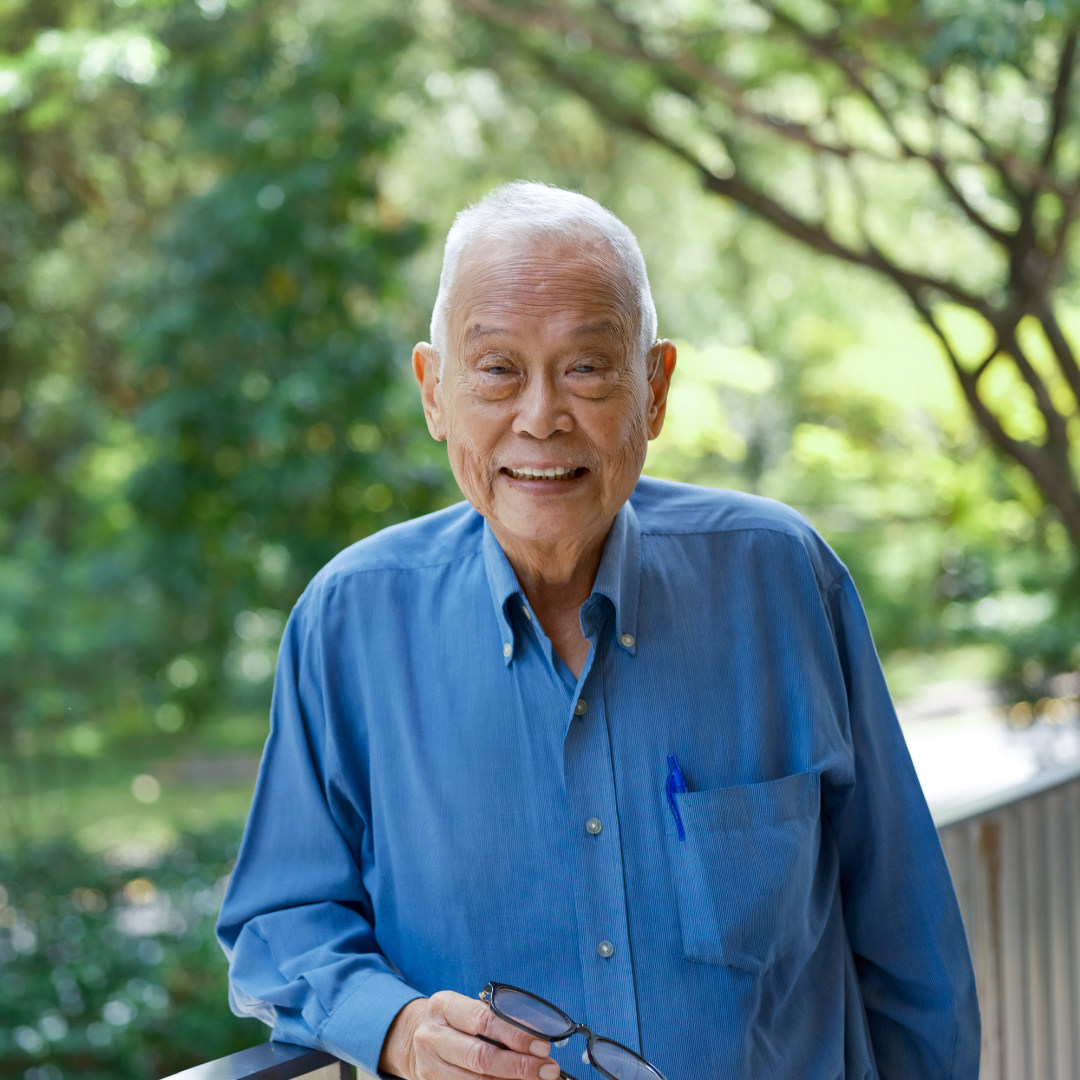
Emeritus Professor Lee Soo Ann
Department of Economics National University of Singapore
+1.png)
+2.png)
Congratulatory Messages
+1.png)
+2.png)
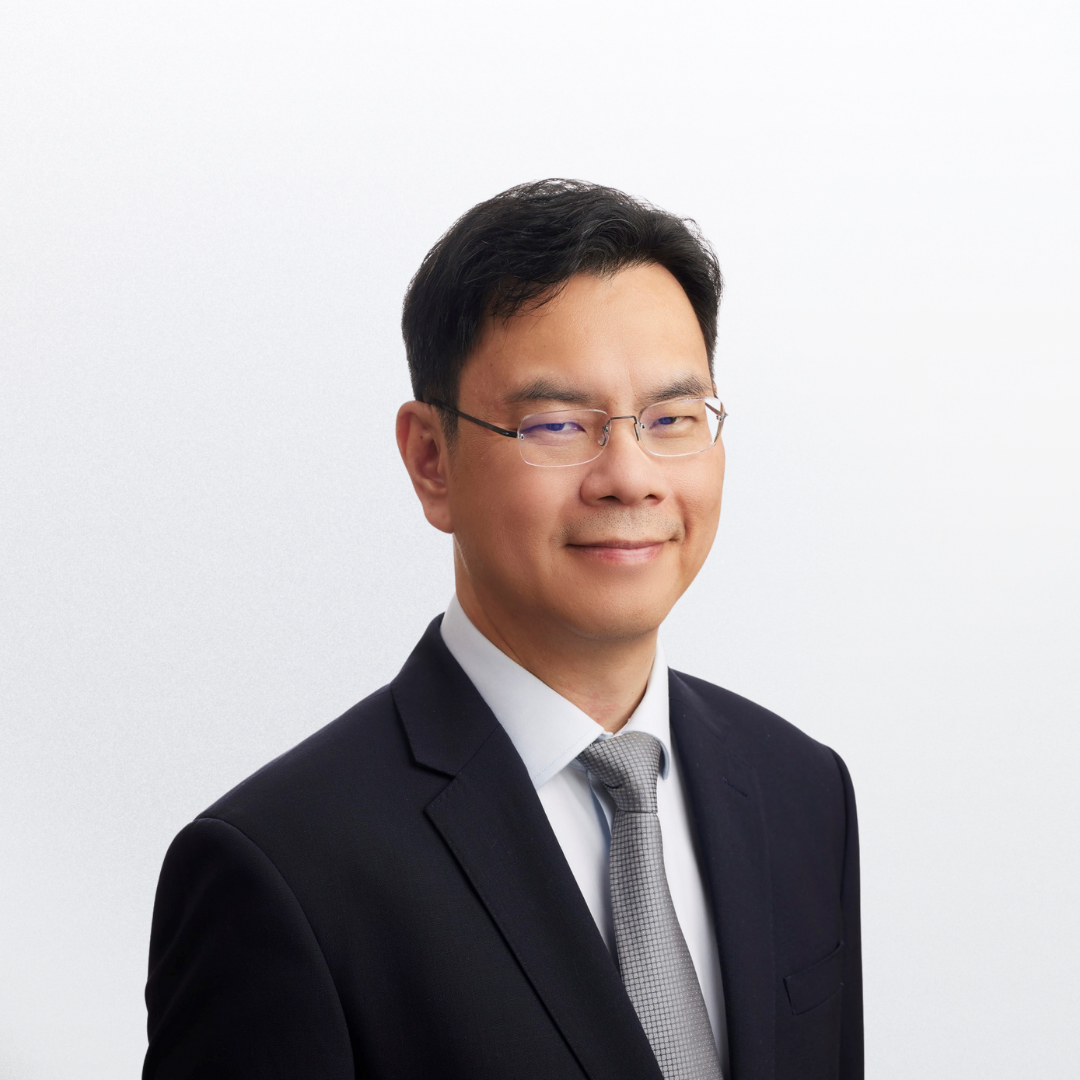
Chia Der Jiun
Managing Director Monetary Authority of Singapore
+1.png)
+2.png)
Congratulatory Messages
+1.png)
+2.png)
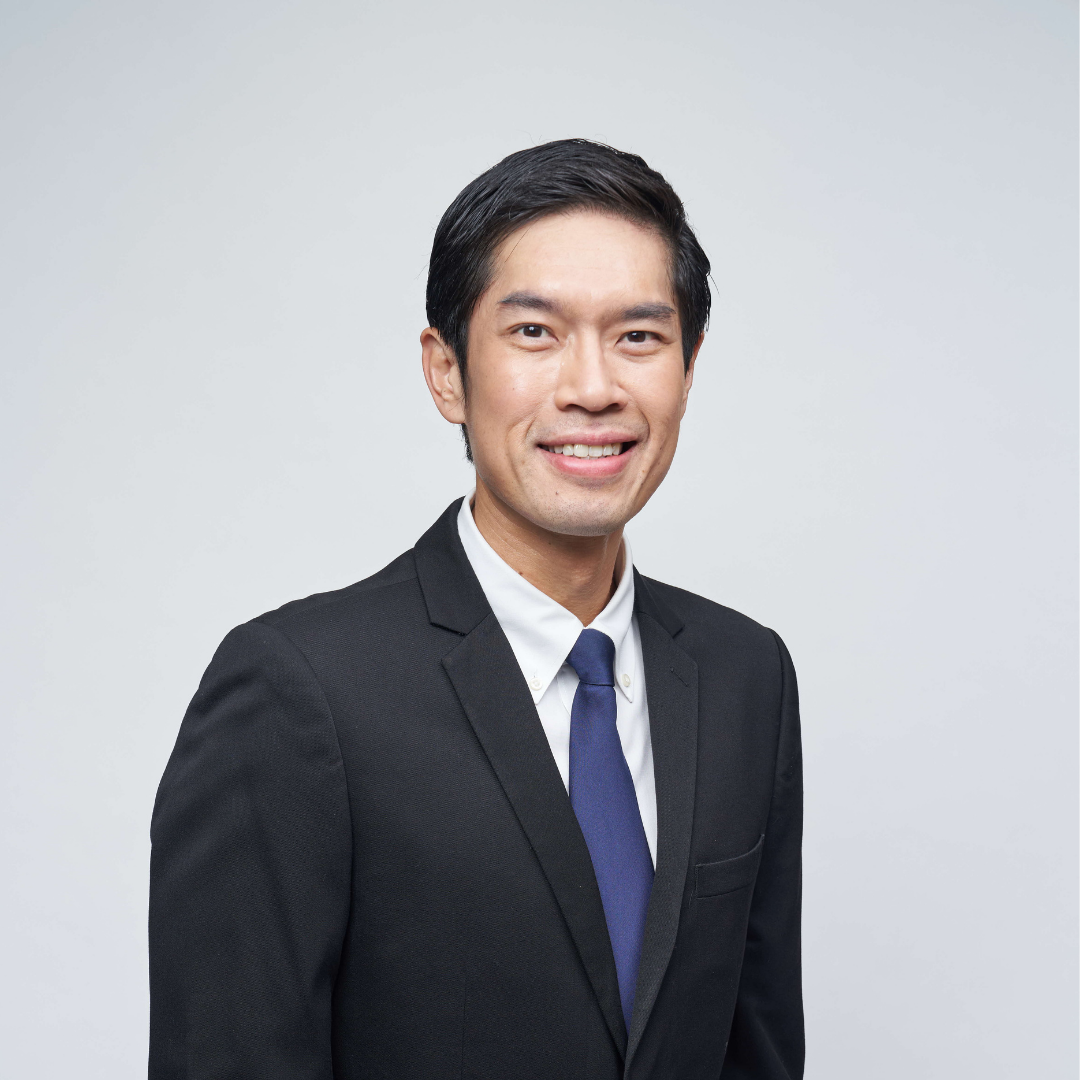
Jermaine Loy
Managing Director Singapore Economic Development Board
+1.png)
+2.png)
Congratulatory Messages
+1.png)
+2.png)

Cindy Khoo
Managing Director Enterprise Singapore
+1.png)
+2.png)
Congratulatory Messages
+1.png)
+2.png)
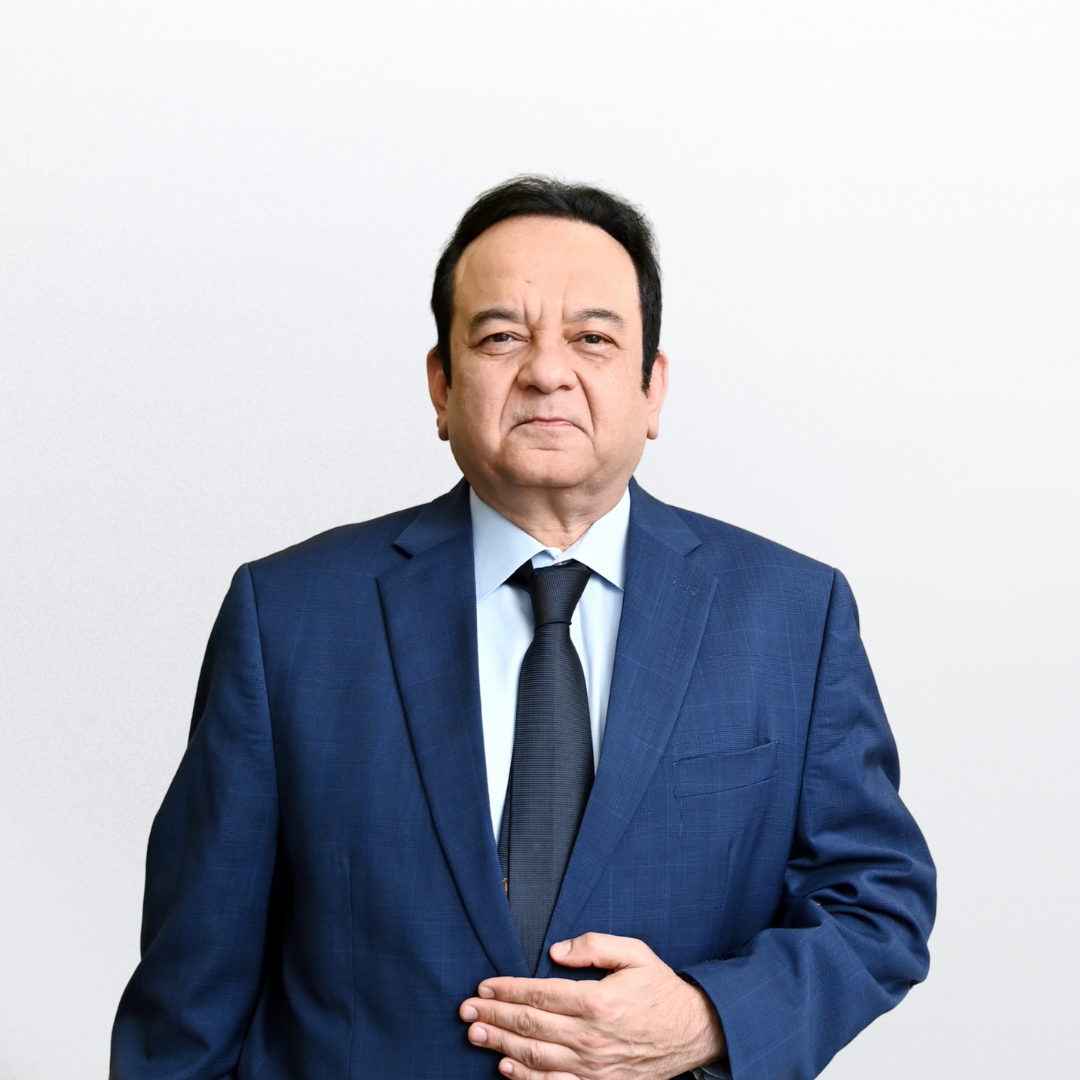
Mr Neil Parekh
Chairman, Singapore Indian Chamber of Commerce and Industry (SICCI)
+1.png)
+2.png)
Congratulatory Messages
+1.png)
+2.png)

Casey Mace
Chargé d’Affaires United States Embassy in Singapore
+1.png)
+2.png)
The Edge Singapore Foreword
+1.png)
+2.png)

+1.png)
+2.png)
The Edge Property Foreword
+1.png)
+2.png)

+1.png)
+2.png)
CEO Foreword
+1.png)
+2.png)

Bernard Tong
The Edge Singapore CEO
+1.png)
+2.png)
Foreword
+1.png)
+2.png)

Emeritus Professor Lee Soo Ann
Department of Economics National University of Singapore
+1.png)
+2.png)
Congratulatory Messages
+1.png)
+2.png)

Chia Der Jiun
Managing Director Monetary Authority of Singapore
+1.png)
+2.png)
Congratulatory Messages
+1.png)
+2.png)

Jermaine Loy
Managing Director Singapore Economic Development Board
+1.png)
+2.png)
Congratulatory Messages
+1.png)
+2.png)

Cindy Khoo
Managing Director Enterprise Singapore
+1.png)
+2.png)
Congratulatory Messages
+1.png)
+2.png)

Mr Neil Parekh
Chairman, Singapore Indian Chamber of Commerce and Industry (SICCI)
+1.png)
+2.png)
Congratulatory Messages
+1.png)
+2.png)

Casey Mace
Chargé d’Affaires United States Embassy in Singapore
+1.png)
+2.png)
Singapore's Six Decade Evolution
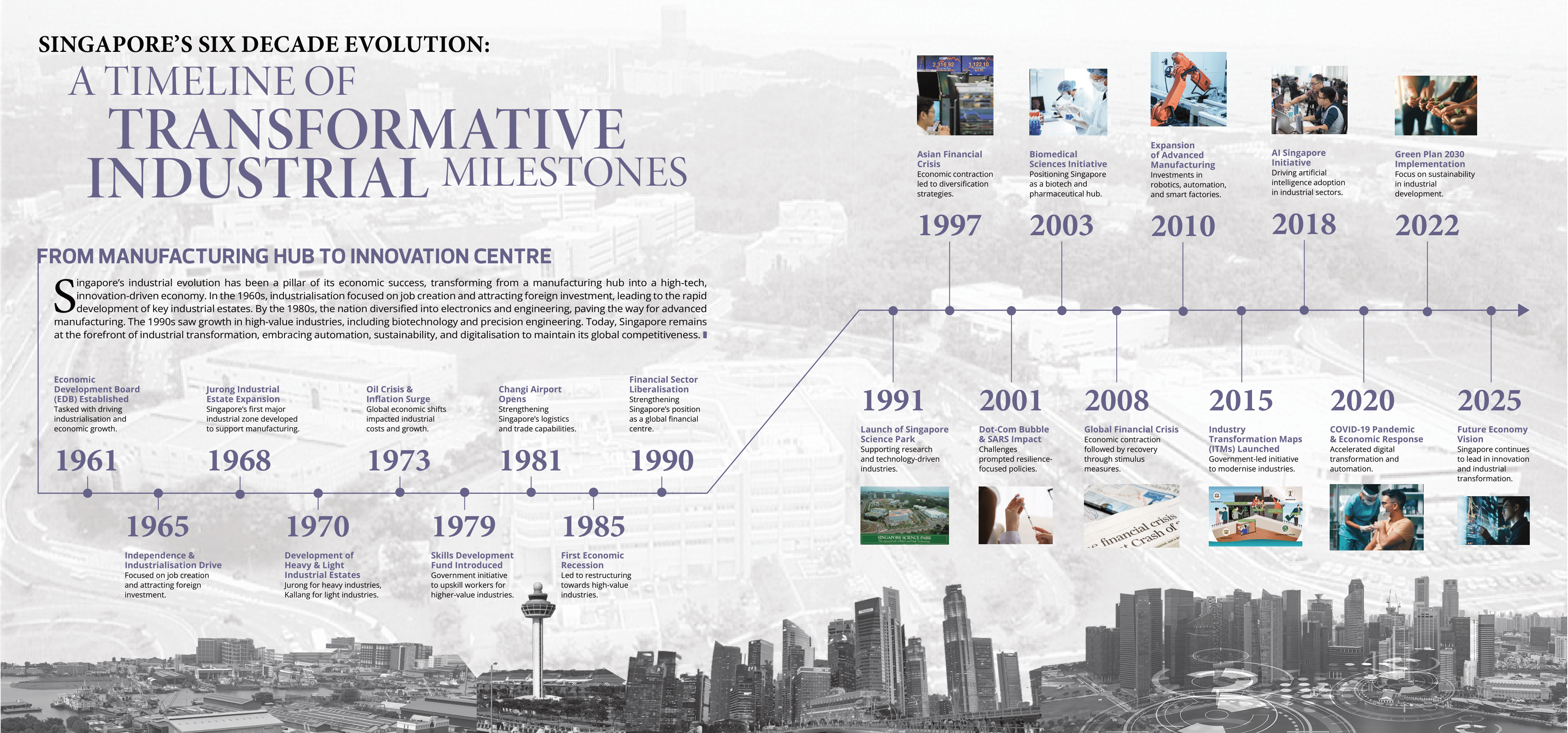
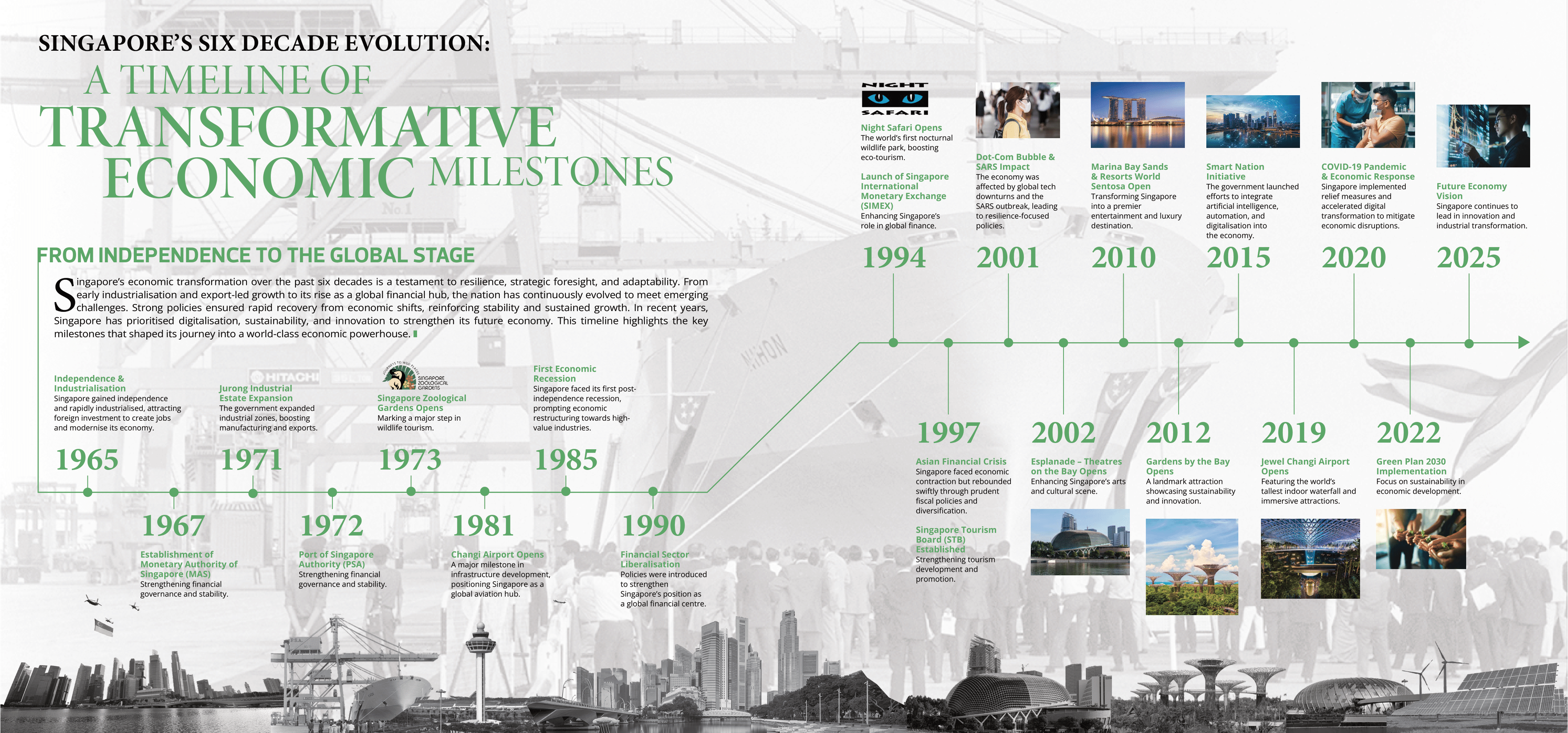
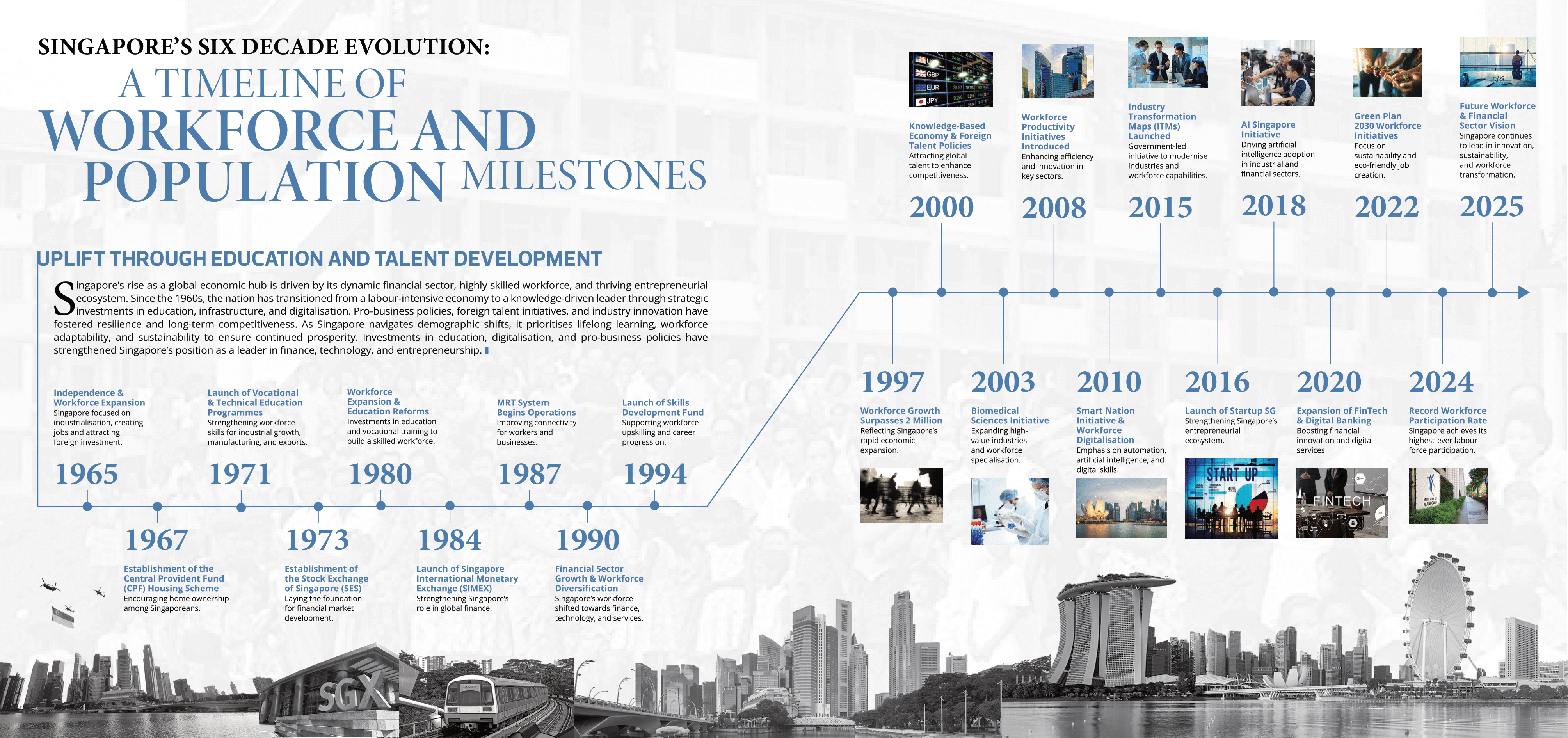




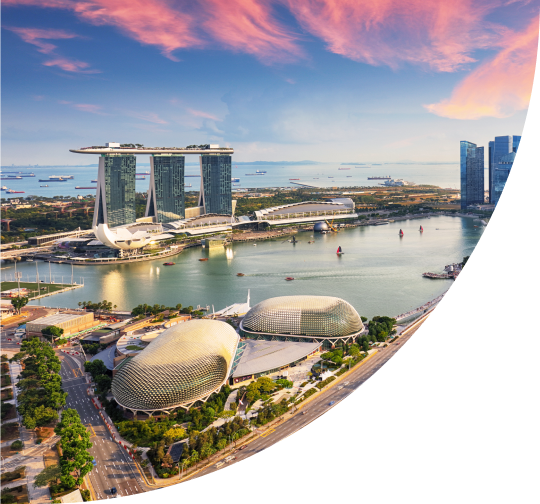
Looking forward
On 9 August 1966, Singapore marked its first National Day Parade at the Padang. A total of 23,000 participants from six contingents of the People’s Defence Force – then a volunteer reserve unit – marched alongside the Singapore Infantry Regiment, Naval Volunteer Reserves, police, fire brigade, school cadets, youth groups, and cultural troupes. Despite being only a year into independence, the country demonstrated strong civic organisation and national pride.
Throughout the late 1960s, Singapore laid the groundwork for a strong and capable defence force while also addressing domestic challenges, including racial riots and the urgent relocation of kampung dwellers into public housing – efforts accelerated by the Bukit Ho Swee fire in 1961. These formative years shaped Singapore’s early urban planning and social cohesion efforts.
By the 1970s, the Economic Development Board had made significant strides in attracting foreign direct investment. In its pivot from labour-intensive to capital-intensive and high-technology industries, Singapore established industrial training programmes to equip its workforce. The electronics and petroleum sectors emerged as key economic drivers, contributing to one of the fastest GDP growth rates in the developing world.
In the 1980s, the government introduced targeted policies to foster social integration and national identity. The Ethnic Integration Policy was implemented to prevent racial enclaves in HDB estates, and campaigns like the Sharity Elephant and Courtesy Lion were launched to promote civic values. National Day songs stirred patriotism among the youth, while the Mass Rapid Transit (MRT) system commenced operations with its first five stations, marking a new era in public transport infrastructure.
The 1990s witnessed robust infrastructural expansion, including the opening of Changi Airport Terminal 2 and Underwater World Singapore – then Asia’s largest oceanarium. Even amid the Asian Financial Crisis, which severely impacted the petrochemical and financial sectors, Singapore maintained fiscal discipline. The government deployed over $12 billion in off-budget stimulus packages and implemented CPF cuts and tax rebates to sustain corporate and economic activity.
In the 2000s, Singapore faced a series of global crises, including the SARS outbreak and the 2008 Global Financial Crisis. The government responded decisively by drawing $4.9 billion from national reserves – a historic first. These events underscored the importance of long-term resilience and strategic resource management. In 2002, NEWater was introduced at the National Day Parade, symbolising innovation in water sustainability and national preparedness.
The 2010s began with the opening of Singapore’s integrated resorts – Marina Bay Sands and Resorts World Sentosa – revitalising the tourism sector and generating over $22 billion in receipts by 2011. Jewel Changi Airport launched later in the decade, blending retail, nature, and aviation into a world-class facility. During this time, the government also embraced digitalisation across public services and infrastructure, a move that would prove prescient in preparing for the challenges of the COVID-19 pandemic.
Singapore’s rise as a global financial and industrial hub can be traced to the early establishment of sound financial governance under the Monetary Authority of Singapore. Robust monetary policy, a trusted Singapore dollar, and the Economic Development Board’s early investment strategies laid the foundation for future growth sectors. This alignment between public and private sectors defined Singapore’s economic trajectory.
Human capital continues to be the nation’s most valuable asset. Investments in education, upskilling, and lifelong learning initiatives – such as SkillsFuture – equip Singaporeans to thrive in emerging industries, from digital technology to sustainability. Global companies like Google and LinkedIn, along with local enterprises such as Shopee and Lazada, contribute to workforce development through training academies and innovation labs, while Enterprise Singapore supports SMEs in capability building.
Speaking at the World Economic Forum in 2025, President Tharman Shanmugaratnam underscored the importance of lifelong human development, stating: “The fact is, if you look across countries, what you do to develop human potential through life shapes how well people do in jobs... whether they end up feeling they've had a satisfactory career.”
As Singapore looks to the future, it stands on the shoulders of its past achievements. With a steadfast commitment to innovation, sustainability, and global partnership, and by investing in its people, the nation remains poised to write its next chapter – together with government, business, and society.
Industry Spotlights & Case Studies
Highlighting success stories of Singapore-built excellence.
The Pillars of Singapore's Economy
Private sector stories unfolding across three dynamic themes
Heritage Brands
Nation Builders
Innovators
.png)
Download SG60 Commemorative e-Book
























